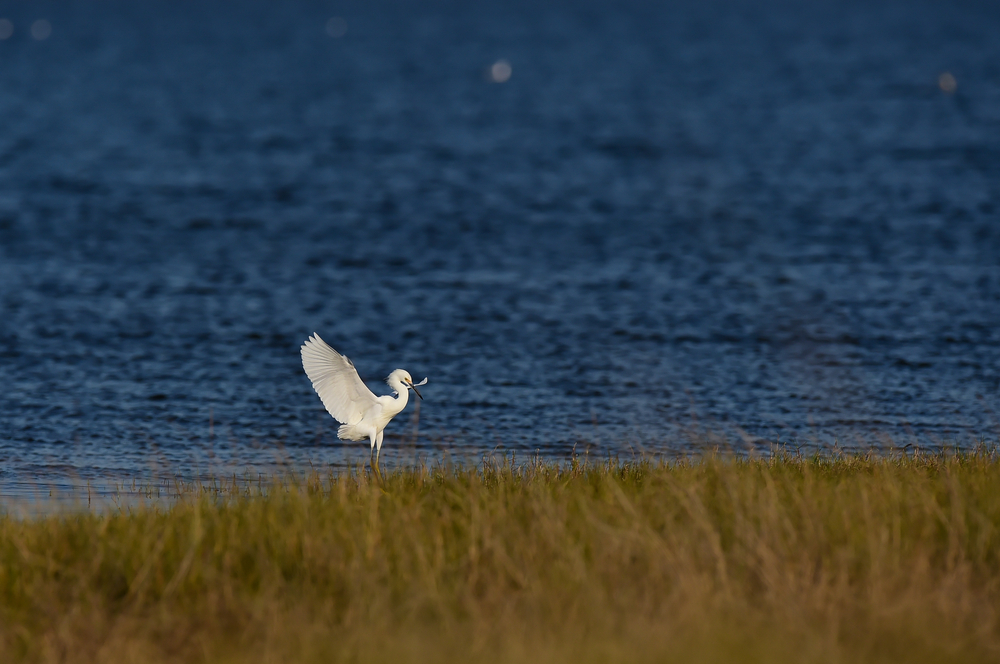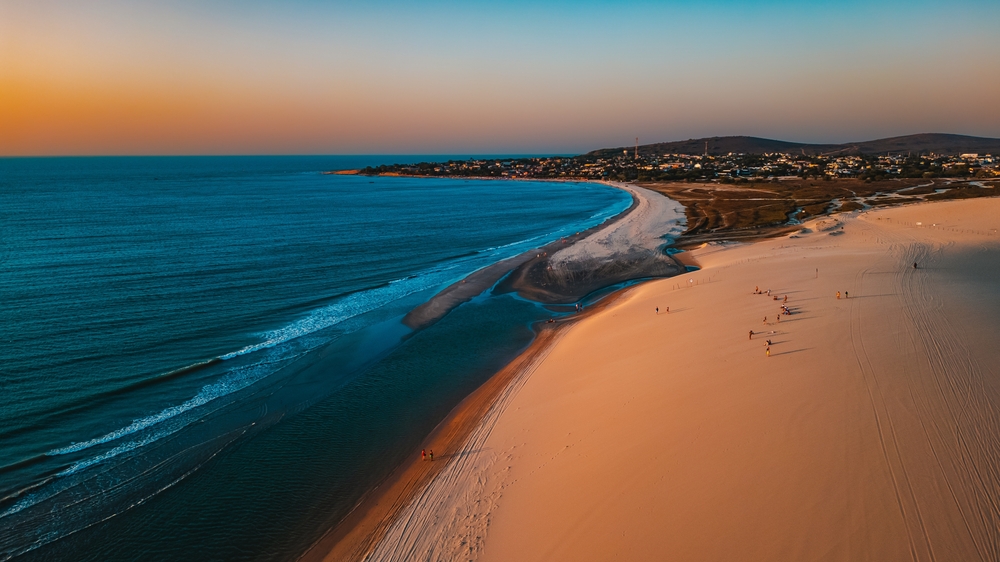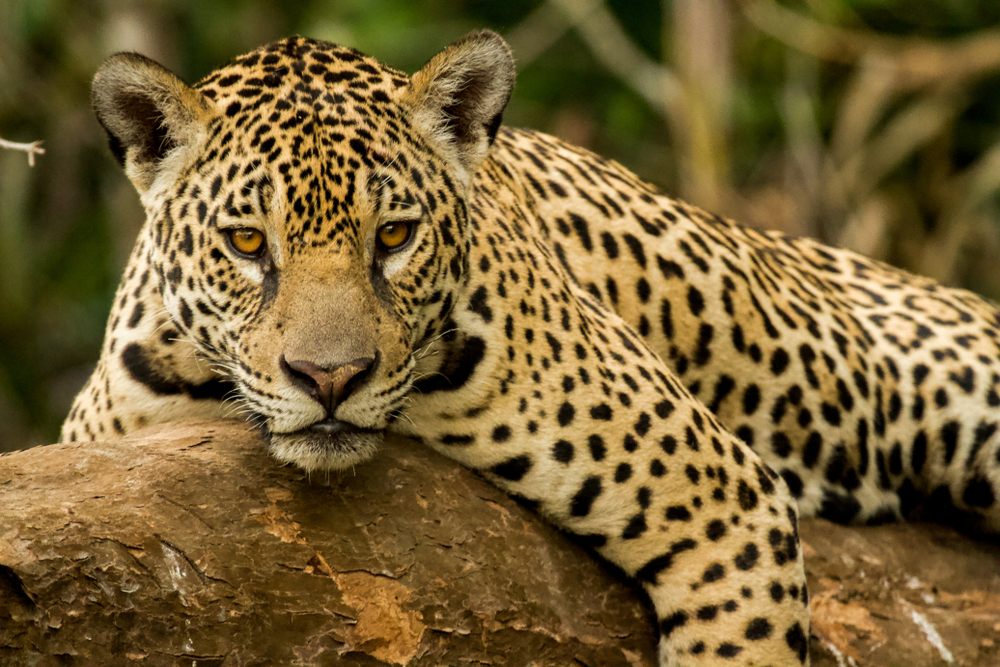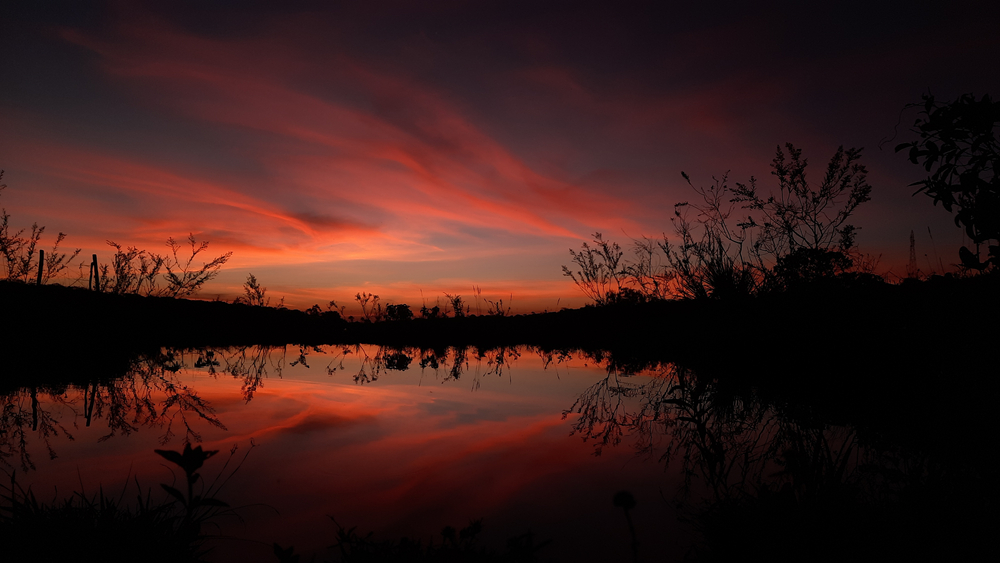Lagoa do Peixe Overview
Lagoa do Peixe National Park, known locally as Parque Nacional da Lagoa do Peixe, is located in the southern Brazilian state of Rio Grande do Sul. The park encompasses approximately 137 square miles, or 354 square kilometers, and stretches along the Atlantic coastal plain.
It is a unique coastal environment characterized by its mixture of freshwater and saltwater lagoons, extensive sand dunes, marshes, and restinga vegetation. The park’s name, which translates to “Fish Lagoon,” reflects its most prominent feature, the long and narrow Lagoa do Peixe that lies at its center and connects with the Atlantic Ocean, creating a dynamic ecosystem influenced by both marine and freshwater systems.
The terrain of Lagoa do Peixe National Park is mostly flat and sandy, with long stretches of coastal dunes and shallow lagoons dominating the landscape. The vegetation includes low-lying scrublands, flooded grasslands, and salt-tolerant plants such as cattails and reeds that thrive in the brackish marshes.
The restinga forests, composed of dense shrubs and small trees, grow in patches across the park and serve as critical shelter and foraging grounds for wildlife. These distinct habitats are shaped by seasonal flooding and shifting sands, making the park’s environment constantly changing and ecologically rich.
Lagoa do Peixe is renowned for its incredible birdlife, particularly as a major stopover for migratory birds traveling along the East Atlantic Flyway. Visitors to the park can witness large flocks of shorebirds, waders, and waterfowl depending on the season. Iconic bird species include the American flamingo, red knot, buff-breasted sandpiper, and the endangered rufous-chested plover.
Many of these species migrate from as far away as the Arctic or Patagonia to rest and feed in the park’s lagoons and mudflats. Mammals are less commonly observed but include capybaras, crab-eating foxes, and various species of small rodents. The park’s lagoons and marshes are also home to numerous fish, amphibians, and reptiles.
Among its most popular features are the long and wild stretches of beach, peaceful lagoons, and the constantly moving birdlife, which offer excellent opportunities for birdwatching and photography. The quiet and unspoiled environment allows visitors to appreciate the natural rhythm of this coastal ecosystem.
Some visitors also enjoy exploring the dunes and taking guided tours to observe the seasonal bird migrations, which are considered the park’s main attraction.
Visitors to Lagoa do Peixe National Park primarily experience the park through birdwatching, nature walks, and educational tours. The park has limited infrastructure, which helps preserve its pristine condition but also requires visitors to plan accordingly. The best times to visit are during migration seasons in spring and fall, when bird diversity and numbers are at their peak.
The park faces conservation challenges related to habitat degradation, invasive species, and encroaching agricultural development. However, it is a designated Ramsar site, recognized for its international importance as a wetland habitat.
Ongoing management efforts include monitoring bird populations, restoring degraded areas, and engaging local communities in conservation. These measures have helped maintain the park’s ecological integrity and its critical role in supporting migratory species.


















































































